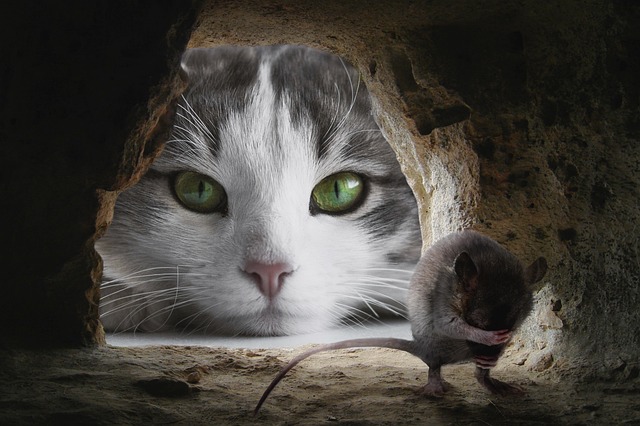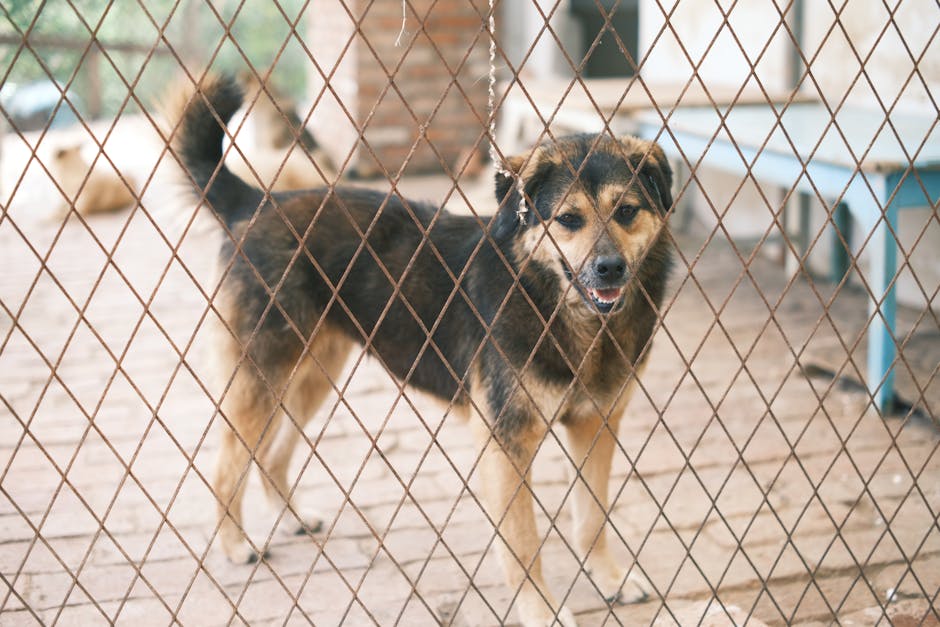Why These Stories Matter
Every adoption is more than a happy ending for one animal—it’s a life saved. And not just metaphorically. Space in shelters is limited. When one dog or cat finds a home, it opens a spot for the next animal in need. But the math is only part of it. The bigger impact happens when others see what’s possible.
Success stories flip the script. The loudest narratives about rescue pets—”too damaged,” “too hard,” “risky”—start to break down when people meet animals thriving in loving homes. Each real-world example shifts perception. A senior beagle curled up in a sunny window. A formerly “unadoptable” cat snuggled on his owner’s lap. These aren’t accidents—they’re patterns that tell a deeper truth: with care, patience, and the right match, adoption works.
It doesn’t stop there. One story has a way of sparking a chain reaction. A neighbor sees a rescue dog bloom and thinks, maybe I could do that. A friend of a friend sees a post online and starts following the shelter. Adoptions aren’t just decisions—they’re influence. That influence grows family by family, pet by pet. And that’s how the big numbers change—one story at a time.
Life Before Rescue: The Starting Point
Adopted pets rarely come with a blank slate. Most carry some kind of baggage—physical, emotional, or both. Common challenges include anxiety, lack of socialization, or a complete misunderstanding of what it means to live in a home. Some flinch at raised hands. Others freeze at the sound of a vacuum. Many have never had structure, so basic routines like walking on a leash or using a litter box take time.
On the medical side, untreated ailments are frequent. Dental disease, skin infections, parasites—the list runs long. Some animals come from hoarding situations or neglect cases, and it shows. Rescue shelters do what they can, but many pets arrive to their new homes still needing proper diagnoses, ongoing care, and a little patience.
But resilience is real. These animals adapt. Slowly, they begin to trust hands that don’t hurt, routines that stick, humans who show up twice in a row. The shy dog who hid under the couch becomes the one who curls up beside you as you work. The cat who hissed at every sound becomes the one that chirps when you walk in the room. Recovery isn’t always linear, but the capacity to heal—mentally and physically—is stunning when given a shot.
Adoption doesn’t erase the past, but it offers something stronger: a future.
Max and Luna: Bonded Dogs, Reunited
Max and Luna were picked up on opposite ends of the same county and sent to different shelters, intake forms listing them as strays. What the paperwork didn’t know—and what their body language hinted at from day one—was that they weren’t meant to be apart. Staff noticed how unusually withdrawn both dogs were, especially around feeding times and during adoption events. Quiet. Waitful.
Max got adopted first. A couple fell for his gentle stare and lopsided ears, and he went home two months before Luna. When Luna’s photo finally showed up on the shelter’s site—ears, eyes, coloring—a volunteer from Max’s new family made the connection. Max perked up at the screen like he’d finally seen something familiar. Within two weeks, Luna was home too.
These days, their official jobs include warm naps, double-dog snuggles on the household’s only white couch, and a shared Instagram account that’s grown a small but loyal following. Their story reminds us that sometimes adoption isn’t just about finding a new home—it’s about completing the one that was always missing a piece.
What Makes These Matches Work
No magic. Just patience, planning, and showing up.
Every thriving adoption story starts with realistic expectations. Shelter pets often carry trauma, confusion, or unmet needs. In those early days, patience isn’t a virtue—it’s the foundation. The adopters who succeed don’t rush the bond. They let the animal lead the pace, offering calm spaces, gentle handling, and time to adjust.
Integration is an active process. It’s not just about opening your door; it’s about building trust. That means structured introductions to new spaces, people, and any other pets. It often includes working with trainers—sometimes for behavior, sometimes just to build confidence. Medical check-ins are standard too, especially for animals with past neglect.
Preparation matters. Successful adopters don’t wing it. Before the pet arrives, they’ve pet-proofed the home, cleared schedules, and set boundaries and routines. From crate training to feed times, that early structure tells pets: you’re safe here, and this is your new normal.
Consistency, especially in the first 30 days, is what makes or breaks integration. Same people, same schedule, same expectations. Surprises are dialed back; predictability gets dialed up. Think slow walks, calm nights, and low pressure. That rhythm is where trust starts to grow.
There’s no shortcut—but there is a reward: a pet who begins to trust again, sometimes quickly, sometimes one tail wag at a time.
Tips from Thriving Pet Parents
Most adopters will tell you: it’s not just love at first sight. It’s work, patience, and learning as you go. One common theme? They wish they’d understood how long it can take for a pet to settle—some animals need weeks, even months, to feel safe. Rushing the bond doesn’t help. Letting it grow naturally does.
Many also said they were glad they found the right tools early. Crate training guides, slow-feeder bowls, pheromone diffusers—small things that made big differences. Pet-specific apps like Pupford (for training), Pet First Aid by the Red Cross, and community forums like Dogspotting Society or Reddit’s r/petadoption gave them solid ground to stand on when things got rough.
The best advice? Show up consistently. Keep mealtimes predictable. Walk the same routes. Talk to them, even if they don’t understand the words yet. It’s about familiarity. Trust builds in the boring moments. And over time, that routine becomes something bigger than just care—it becomes connection. Every snack, every night on the couch, every tail wag or purr—that’s the reward. And it’s worth every adjustment.
When It’s Not Perfect—And Still Worth It
The truth is, not every adoption unfolds like a heartfelt montage. Some days are tough. Pets chew baseboards, hide under furniture, or snap during meals. Progress can look like baby steps—one night of peaceful sleep, a single calm walk, an unexpected tail wag. For adopters, this part demands grit. It’s not glamorous. It’s not shareable. But it matters.
Setbacks are part of the story. Rocket, the cat once labeled ‘too aggressive,’ took weeks to let anyone near. Max and Luna, reunited dogs, growled for days before lying side by side. These are growing pains—not proof of failure. The breakthrough moments? They come slowly, and then all at once: a quiet nuzzle, a new game, a look that says, ‘you’re my person now.’
Sticking with a pet through the mess of early adaptation creates something richer than convenience—it builds a bond that lasts. The emotional payoff isn’t just in what the pet becomes, but also in who the adopter grows into: someone more patient, more perceptive, more willing to love without conditions. That’s the real reward.
The Bigger Impact
Adoption goes both ways. Yes, pets get a roof, a name, and a second shot—but the change doesn’t stop there. Families who adopt talk about a deeper shift: new routines, more connection, more time spent being present. For many, a rescue animal anchors them. Kids learn empathy. Adults unplug more. A simple walk to the park turns into something that grounds an entire household.
Then there’s the ripple effect. Adopt one dog, and suddenly you’re volunteering on weekends. Donate supplies. Share your story. Neighbors notice. Someone else considers adopting too. Rescue isn’t just about saving one animal—it fosters a culture of care that spreads far beyond your front door.
Every successful adoption is a quiet revolution. It cracks something open. And from that one act, a small ecosystem of kindness starts to grow.
(Related read: Heartwarming Pet Adoption Stories That Will Inspire You)
Final Thoughts: Real Homes, Real Love
What these stories prove is simple: a second chance can change everything. Bella, Rocket, Max, Luna—they weren’t broken. They were waiting. Waiting for someone to see past the fear, the quiet, the growl, the years. And when that someone showed up, everything shifted—slowly, sometimes messily, but forward all the same.
Adoption isn’t about rescue in the way we often frame it. You’re not swooping in to save a pet—you’re rebuilding something with them. Trust. Structure. Peace. You’re choosing a shared life, not just a headline moment. That kind of foundation comes from effort, not impulse.
In the end, one act of kindness—not always grand, often just consistent—can rewrite a pet’s entire story. A warm corner, a steady hand, a name spoken with love. That’s all it takes. Rescued pets don’t just survive—they start living. And so do the people who welcome them.


 Norvella Neythanna is the co-founder and author at pethubnest She blends her passion for pets with her interest in technology, covering innovative products and ideas that transform pet care.
Norvella Neythanna is the co-founder and author at pethubnest She blends her passion for pets with her interest in technology, covering innovative products and ideas that transform pet care.


